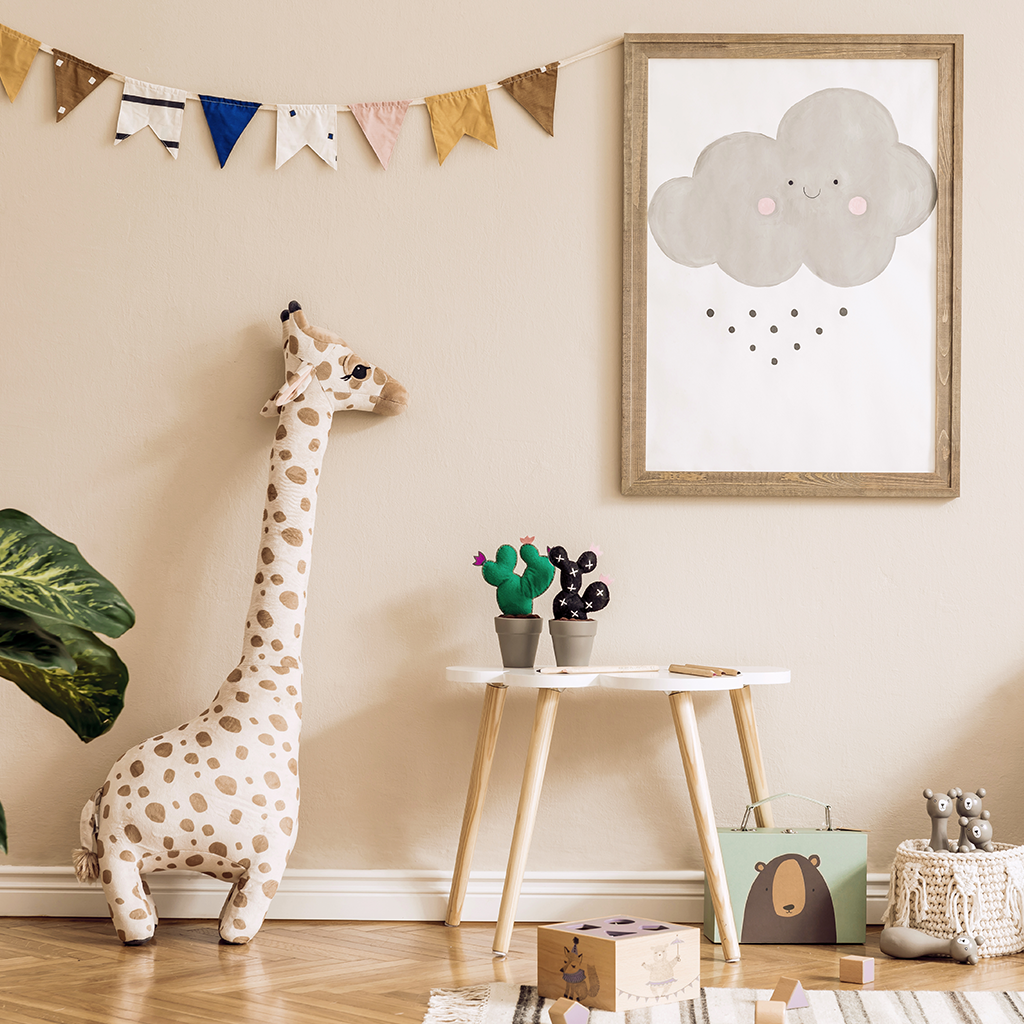
More or Less: How Does Quantity Affect Play?

Toys are not only meant for children’s entertainment but also for overall development. They teach children how to express their emotions and help develop cognitive, problem-solving, critical thinking, and other vital skills – all for happy, confident, and creative children. Indeed, a house full of toys sounds fun like what most expect.
However, there are some parents that are now embracing the idea of “less = better”. These parents view the minimalist approach to toys as having more benefits for their children.

The problem with too many toys
Too many toys can overwhelm children and lead to overstimulation, making it harder for them to focus. Relevant conversations claim that fewer toys develop better quality play time compared to too many toys in a room. The prevailing argument is that fewer toys result in less competition for the child’s attention, resulting in a more focused and productive play experience.
Having a surplus of toys can impact a child’s ability to appreciate the toys in front of them; they can become bored easily and may develop a shortened attention span. Another concern is that children may come to take their playthings for granted, given how readily available replacements are. Moreover, keeping the play area organised and tidy becomes harder and can lead to additional worries for parents.
In short, it may be more beneficial in the long run to give children a reasonable number of quality toys that encourage creativity, exploration, and self-expression rather than adopting a saturation tactic that could lead to under-appreciation.

When does it become too much?
With a wide variety of toys and the constant release of new ones in the market, the choices can be overwhelming for both children and parents. It is important to understand that past a certain point, quantity can have the opposite effect on play experiences. Instead, it may be more conducive to adopt a quality-first mindset instead.
When buying toys, consider starting with pieces that are age- and developmental-level appropriate – something that would capture their attention and stimulate learning. Investing in toys that are designed to withstand rough play will also help ensure their viability for a good number of years.
Another good approach is opting for toys that promote open-ended play to stimulate your child’s creativity and imagination. Instead of buying toys that rely on their novelty factor for excitement, look towards quality toys that offer educational value, encourage hands-on or active play, and stimulate different types of play (e.g. physical, imaginative, and social).
It is also not a bad idea to opt for playthings that are more eco-conscious. Not only do they reduce our carbon footprint, but it can also act as a stepping stone towards cultivating a more environmentally responsible mindset in the child.

Getting rid of old toys
Not all children have access to toys. If you’re looking to reduce the number of unwanted toys, you can consider donating some of them to the less fortunate. It’s a far better alternative than simply discarding them; it benefits the environment and gives needy children access to toys. Toy swaps can also be considered. Or better yet – recycle, repurpose or upcycle these toys to give them a new purpose.
